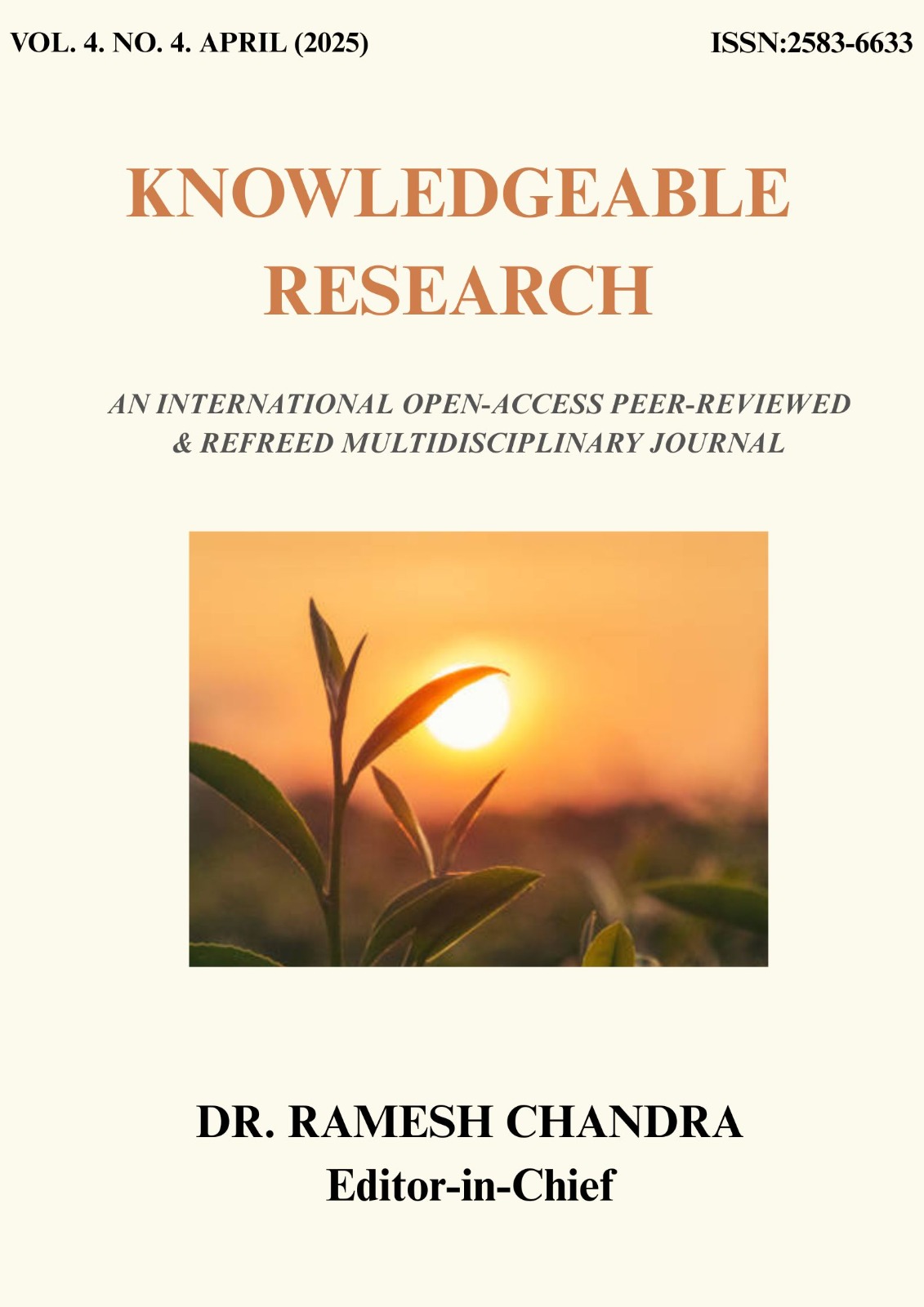Haryana Vidhan Sabha Election 2024: Explaining the Verdict
Main Article Content
Abstract
Abstract: The present paper is a modest attempt to interpret, explain, and analyze the electoral verdict and performance of various political parties in the 2024 Vidhan Sabha elections of Haryana. The Haryana assembly polls marked an unprecedented moment as the verdict given by the people is contrary to the conceived popular public sentiment, wave in favor of Congress, issue of retaining Jat dominance, Jawan-Kisan-Pahalwan, predictions of political pundits, and exit polls. BJP not only overcame anti-incumbency sentiments to secure a third consecutive term but also created a history of its own in the state politics through social engineering, organizational skills, and electoral maneuvering. With 48[i] out of 90 seats, the BJP emerged victorious despite being in powers for 10 years. Content analysis of various published resources before and after the election shows that even after anti-incumbency against BJP and Jat consolidation in favor of Congress, BJP's focused ground-level strategy combined with an agenda of development, a targeted campaign focused on delivering a clear narrative, and unified leadership washed away the anti-incumbency agenda against it, which the state is known for. While the shift of Dalit support from Congress to BJP, internal bickering and factionalism, vote-splitting due to independent candidates paved the way for the defeat of Congress. This paper also discusses the performance of major political parties in the light of caste calculous and other dynamics such jat-non Jat, rural-urban cleavage.
[i] It became 51 after all the 3 Independents provided their support to BJP
Downloads
Article Details
Section

This work is licensed under a Creative Commons Attribution-NonCommercial 4.0 International License.

